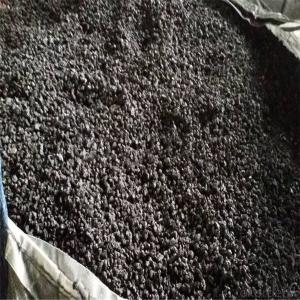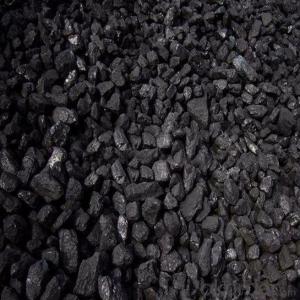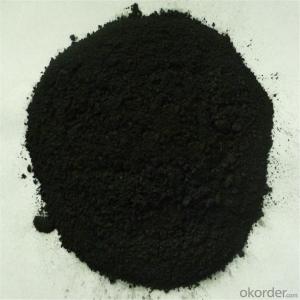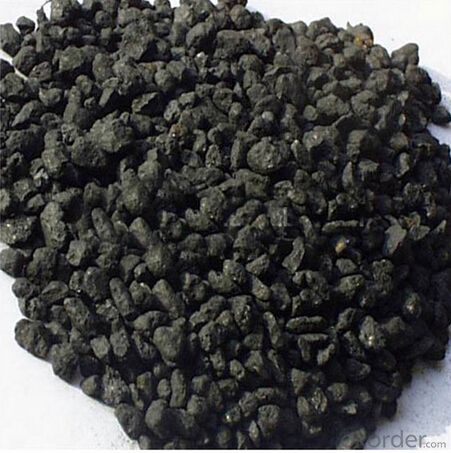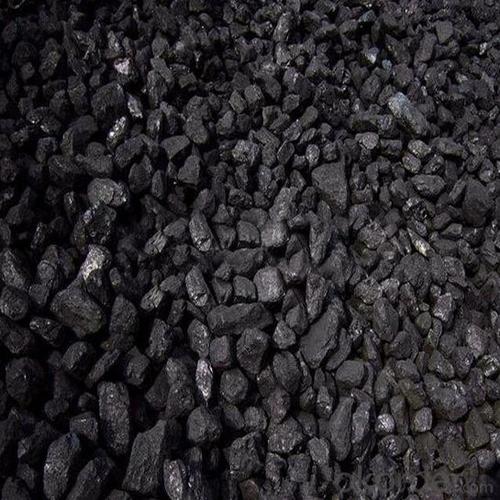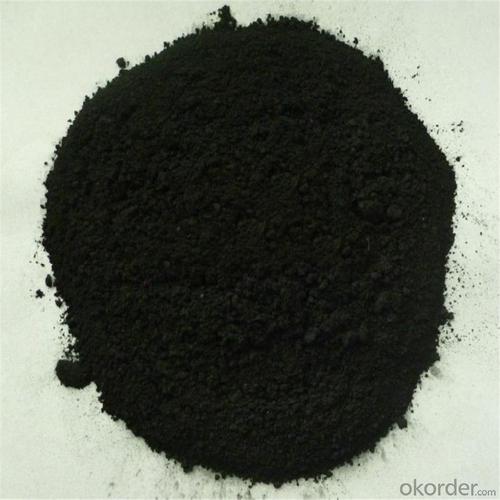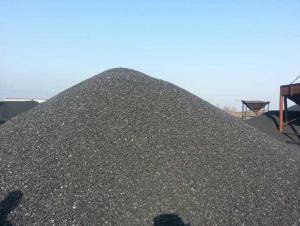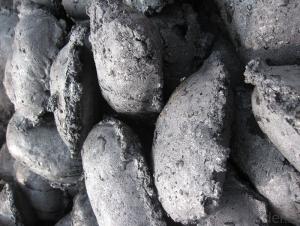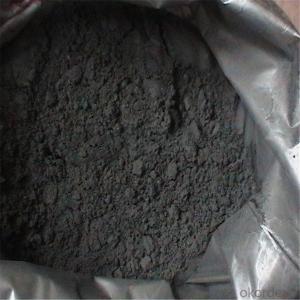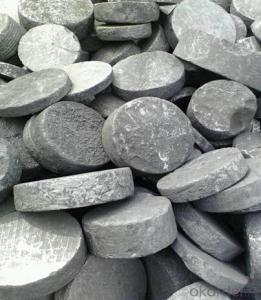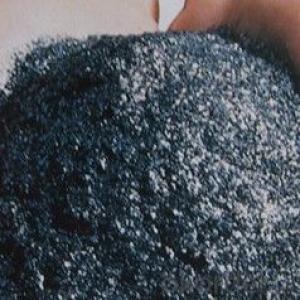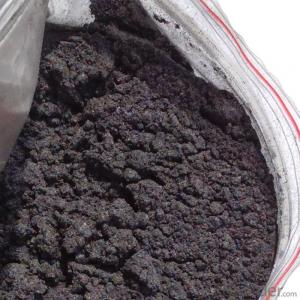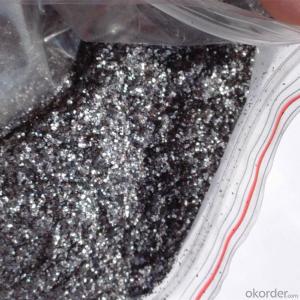High Carbon Graphite Additive Graphite carburant graphite powder
- Loading Port:
- Dalian
- Payment Terms:
- TT OR LC
- Min Order Qty:
- 10 m.t
- Supply Capability:
- 500000 m.t/month
OKorder Service Pledge
OKorder Financial Service
You Might Also Like
Specifications of graphite powder:
- 98%-99% graphite powder
- high fixed carbon
- low sulphur and nitrogen
- ten year experience in processing of graphite products
- Graphite powder / Graphite carburant
Graphite powder purposes:
- As non-metallic mineral resources, has important defense strategic role
- Can be used for high and new technical projects, is of great economic and social benefits
- Is the metallurgical industry refractory material
- Is the chemical industry all kinds of corrosion of vessels, general equipment of carbon products
- Light industry is in pencil, ink and the main raw material of artificial diamond
- Is the electrical industry production carbon electrode and electrode carbon rods, battery materials
Graphite powder data sheet:
Our carbon additive has the features of high carbon, low sulphur, nitrogen and harmful impurities. So it has been widely used for steel-smelting, casting, brake pedal and friction material. | |||||||
Data sheet | |||||||
Product No. | Fixed Carbon | Sulphur | Ash | Volatile Matter | Moisture | Particle Size | Nitrogen Content |
Min | Max | Max | Max | Max | 90% | Max | |
HY-CA-01 | 98.5% | 0.50% | 0.80% | 0.80% | 0.50% | 1-5MM | N/A |
HY-CA-02 | 99.00% | 0.30% | 0.50% | 0.50% | 0.50% | 1-5MM | 100PPM |
HY-CA-03 | 98.50% | 0.05% | 0.80% | 0.70% | 0.50% | 0.3-5MM | 300PPM |
HY-CA-04 | 95.00% | 0.30% | 3.50% | 1.50% | 0.50% | 1-4MM | 700PPM |
HY-CA-05 | 99.00% | 0.03% | 0.50% | 0.50% | 0.50% | 0.3-5MM | 300PPM |
HY-CA-06 | 80.00% | 0.10% | 16.50% | 3.50% | 2.00% | 1-5MM | N/A |
Remark:The above mentioned grain sizes are recommended standard, if your have special requirements, please feel free to contact us. | |||||||
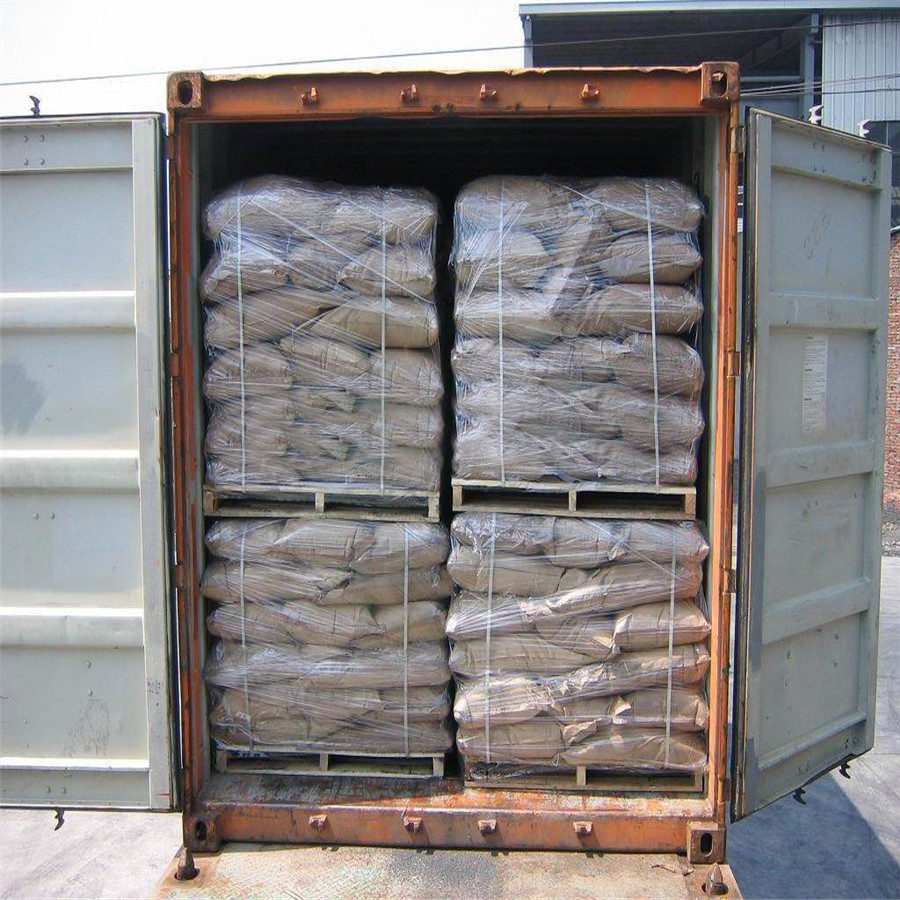
- Q: What are the consequences of increased carbon emissions on technological advancements?
- The consequences of increased carbon emissions on technological advancements can be significant. The primary consequence is the acceleration of climate change, which can lead to adverse effects such as rising global temperatures, sea-level rise, extreme weather events, and ecosystem disruptions. These consequences pose various challenges to technological advancements. On one hand, they create a pressing need for innovative solutions to mitigate and adapt to climate change, such as renewable energy sources, carbon capture and storage technologies, and sustainable agricultural practices. This can drive research and development in these areas, fostering technological advancements. On the other hand, increased carbon emissions can also divert resources and attention away from other technological advancements, as efforts are redirected towards climate change mitigation and adaptation strategies. Additionally, the consequences of climate change, such as natural disasters or resource scarcity, can disrupt technological infrastructure and impede further advancements. Therefore, while there can be opportunities for technological advancements in response to increased carbon emissions, the overall consequences can also present challenges and limitations.
- Q: How many points can Yongan change for 1 carbon coins?
- Every Thursday at 19:00, carbon points change for carbon coins, 19:30 carbon coins exchange gifts
- Q: How does carbon affect the formation of acidification in lakes?
- Carbon dioxide (CO2) dissolved in water forms carbonic acid (H2CO3), which lowers the pH level of the water. This acidic environment can lead to acidification in lakes and other bodies of water.
- Q: How is carbon used in the production of plastics?
- Plastics heavily rely on carbon, an indispensable ingredient, for their manufacturing. These polymers consist of extensive chains formed by repeating units, known as monomers. These monomers, in turn, consist of smaller molecules. Carbon atoms constitute a vital element in these monomers, serving as the foundation for the polymer chain. To acquire carbon for plastic production, diverse petroleum products, like crude oil and natural gas, are sourced. These fossil fuels contain hydrocarbons, which are organic compounds comprised of carbon and hydrogen atoms. Through a refining process called cracking, hydrocarbons are broken down into smaller molecules, including ethylene and propylene, which serve as the basic building blocks for numerous plastic types. Once these monomers are acquired, they are polymerized, meaning they are chemically bonded together to create lengthy chains. Carbon atoms play a critical role in this procedure, as they connect to shape the backbone structure of the polymer chain. The specific arrangement and bonding of carbon atoms dictate the properties of the resulting plastic, including its strength, flexibility, and durability. It is worth noting that while carbon is crucial, not all plastics are exclusively composed of this element. Other elements, such as oxygen, nitrogen, and chlorine, may be present in the monomers or introduced during production to enhance specific properties or introduce desired functionalities. All in all, carbon serves as a fundamental element in plastic production. It establishes the backbone structure, enabling the versatility and wide array of applications of plastic materials across various industries.
- Q: What's the difference between coal and carbon?
- Difference can be big, one is coal, one is carbon, at least the price is not the same
- Q: What is the relationship between carbon emissions and air pollution?
- Carbon emissions contribute to air pollution. When carbon-based fuels such as coal, oil, and natural gas are burned, they release carbon dioxide (CO2) into the atmosphere. This CO2, along with other pollutants like nitrogen oxides and sulfur dioxide, can react with sunlight and other chemicals in the air to form smog and particulate matter. These pollutants can have detrimental effects on air quality, human health, and the environment, making the relationship between carbon emissions and air pollution significant.
- Q: Who is the high carbon content of stainless steel and ordinary steel?
- 1 floor is not entirely right! Stainless steel without zinc, the latter two elements are necessary.One: carbon steel content is usually divided into: 0--0.25%, low carbon steel;0.25--0.55%, medium carbon steel - commonly used 45# steel>0.60%, high carbon steel - - do knives
- Q: What kinds of carbon black paper do you have?
- Three, triad:And the triple carbon free carbon paper receipts can be divided into paper, medium paper and paper. The paper also called back coated paper (CB, Coated Back), the back of the paper coated with microcapsules containing force sensitive pigment oil; in the paper also called double coated paper (CFB, Coated Front and Back), the paper is coated with a chromogenic agent containing microcapsules coated on the back force sensitive pigment oil; the paper also called surface coated paper (CF, Coated Front), the paper only coated with chromogenic agent. Since the display paper (code SC, Self-Contained) is in the back of the paper coated with a layer of microcapsules containing force sensitive pigment oil, microcapsule coated positive chromogenic agent and pigment containing sensitive oil.Four, selection of carbonless paper:In the purchase and use of carbonless paper, preferably with the same company produced the same brand, paper collocation, production date and not apart for too long. Because the various manufacturers of products in brightness, color density, smoothness, thickness, stiffness, strength, color printing surface galling tone, compactness, ink and other indicators are different, so the different manufacturers of paper used in appearance, collocation, printability, collating, copying are affected.
- Q: What are the problems that should be paid attention to in the injection molding of the material? Who has some details about carbon fiber injection? Thank you for sharing
- Carbon fiber melting point at about 3000 degrees (isolation oxygen, oxygen, about 400 degrees will be oxidized), itself can not be injection processing, only carbon fiber filled plastic can be injection molding.
- Q: How dnf advanced carbon ashes?
- Before 70, strengthening with carbon, then the activities in the mall to sell high carbon, have to use coupons to buy, that is to improve the success rate of strengthening, now is also the time to rest, 80 edition, replaced by strengthening the body of the colorless, carbon was automatically replaced colorless (1: 5) senior carbon system did not automatically change on the left
Send your message to us
High Carbon Graphite Additive Graphite carburant graphite powder
- Loading Port:
- Dalian
- Payment Terms:
- TT OR LC
- Min Order Qty:
- 10 m.t
- Supply Capability:
- 500000 m.t/month
OKorder Service Pledge
OKorder Financial Service
Similar products
Hot products
Hot Searches
Related keywords

